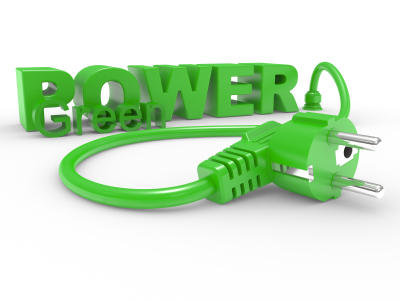Brought to you by Deepak Chopra, MD, Alexander Tsiaras, and TheVisualMD.com Every time your heart beats, its power propels blood through your arteries as it begins its journey to the rest of your body. Your blood pressure is the force exerted by blood against your arteries with each beat. When your doctor measures your blood pressure, the reading is made up of two numbers. The first is called systolic pressure. It is the pressure while the heart is contracting. The second, smaller number is called the diastolic pressure. That’s the pressure against the arteries when your heart is at rest. (The numbers represent pressure units in millimeters of mercury, or mmHg.) So a normal blood pressure reading of 120 mmHg systolic and 80 mmHg diastolic is expressed as “120 over 80.” Both the systolic and diastolic blood pressure are important indicators of your cardiovascular health. Your risk of heart attack, stroke and other ailments rises with your blood pressure reading. The American Heart Association reports that about 69 percent of people who have a first heart attack and 77 percent who have a first stroke turn out to have blood pressure higher than 140 over 90. And when high blood pressure, or hypertension, combines with high cholesterol, the risks skyrocket.Learn more about the importance of your blood pressure readings: TheVisualMD.com: Baseline Your Health
More from Beliefnet and our partners

